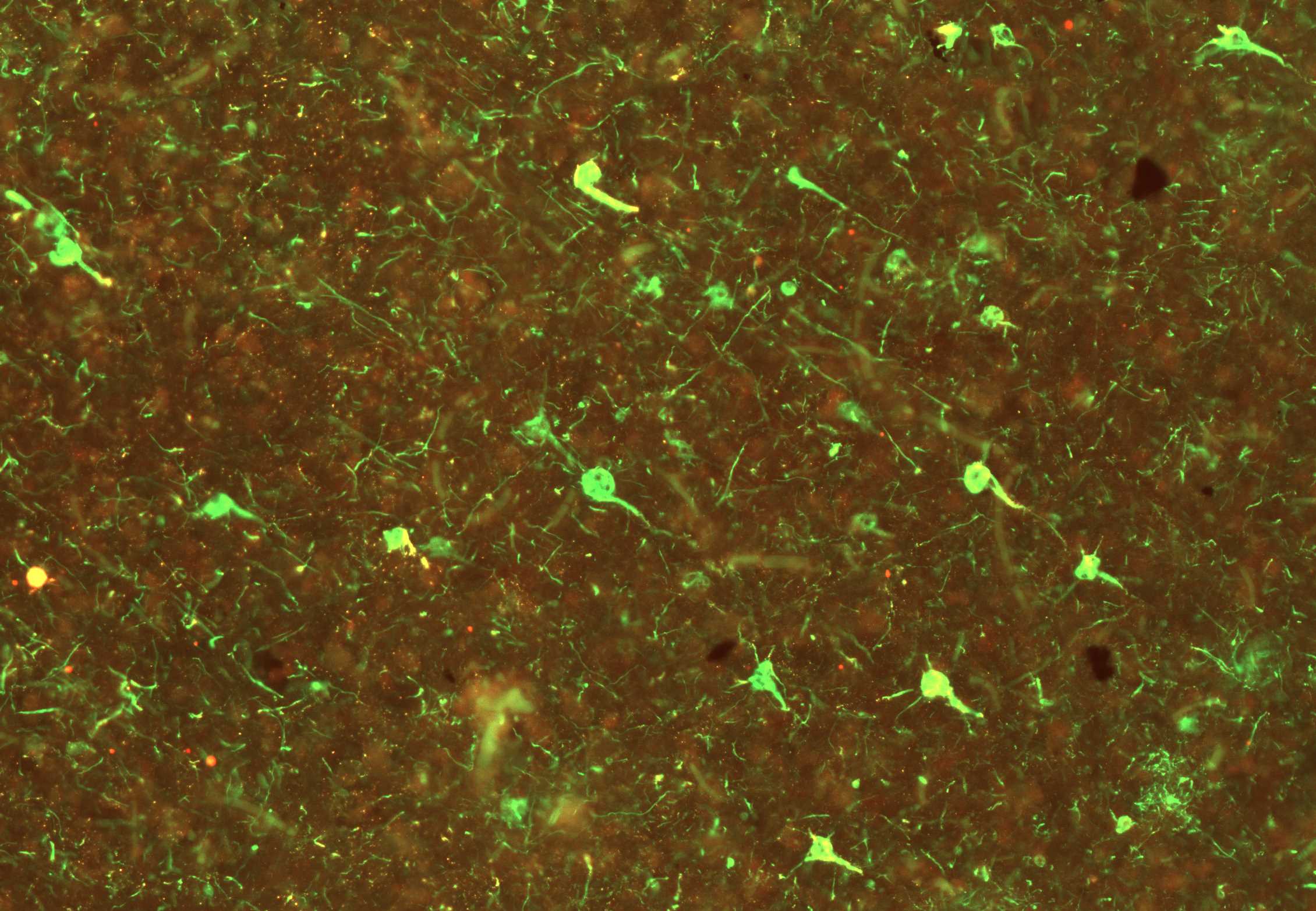FKBP51, also known as FK506-binding protein 51, is a molecular chaperone and scaffolding protein with significant roles in regulating hormone signaling and responding to stress. Genetic variants in FKBP5, which encodes FKBP51, have been implicated in a growing number of neuropsychiatric disorders, which has spurred efforts to target FKBP51 therapeutically. However, the molecular mechanisms and sub-anatomical regions influenced by FKBP51 in these disorders are not fully understood. In this study, we aimed to examine the impact of Fkbp5 ablation using circadian phenotyping and molecular analyses. Our findings revealed that the lack of FKBP51 did not significantly alter circadian rhythms, as detected by wheel-running activity, but did offer protection against stress-mediated disruptions in rhythmicity in a sex-dependent manner. Protein changes in Fkbp5 KO mice, as measured by histology and proteomics, revealed alterations in a brain region- and sex-dependent manner. Notably, regardless of sex, aged Fkbp5 KOs showed elevated MYCBP2, FBXO45, and SPRYD3 levels, which are associated with neuronal-cell adhesion and synaptic integrity. Additionally, pathways such as serotonin receptor signaling and S100 family signaling were differentially regulated in Fkbp5 KO mice. Weighted protein correlation network analysis identified protein networks linked with synaptic transmission and neuroinflammation. The information generated by this work can be used to better understand the molecular changes in the brain during aging and in the absence of Fkbp5, which has implications for the continued development of FKBP51-focused therapeutics for stress-related disorders.

